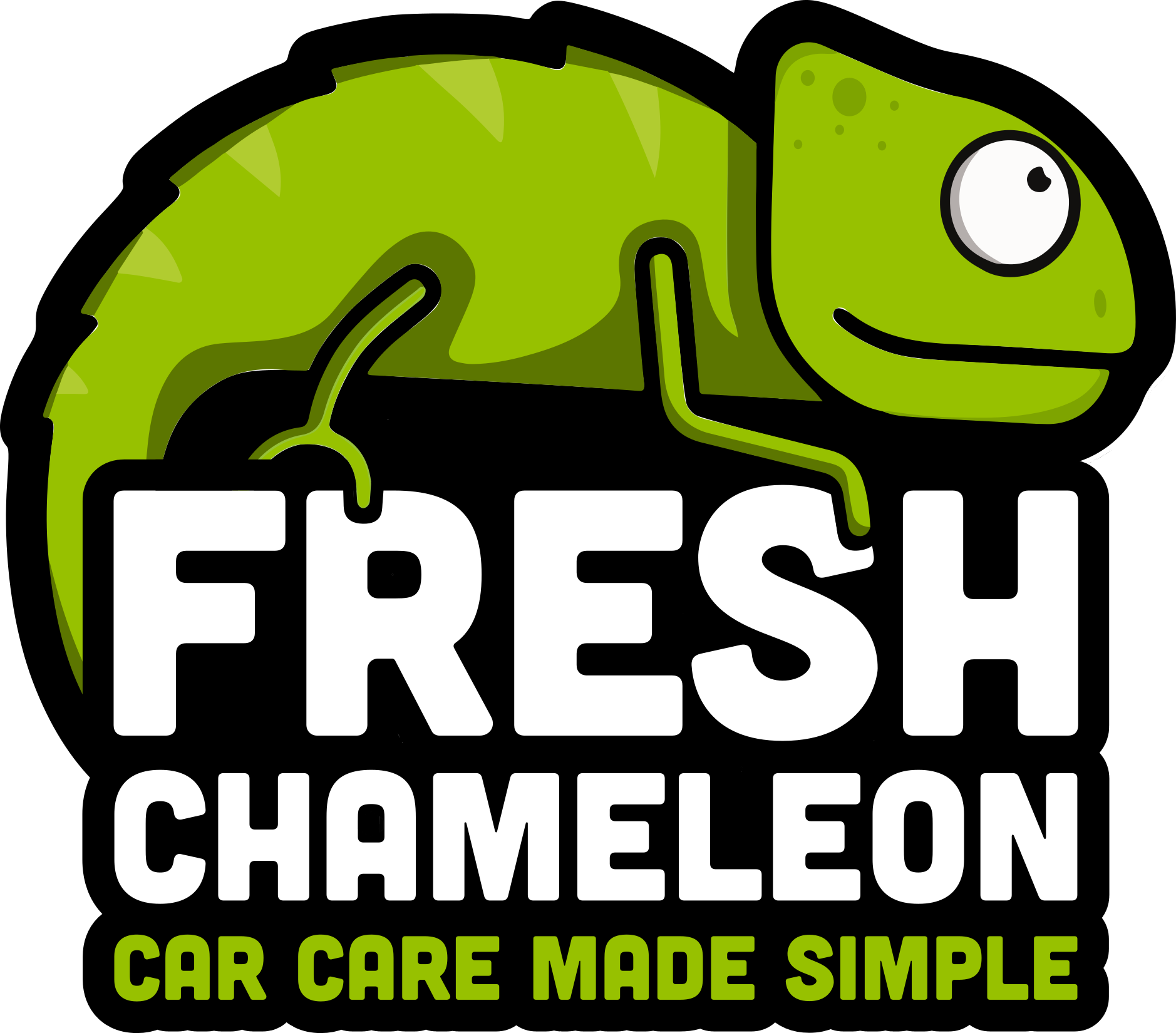Have you ever wondered whether automatic car washes might be harming your vehicle’s paintwork? In this guide, we’ll explore how these systems operate, highlight the potential risks they pose to your car’s finish, discuss some of their advantages, and offer practical tips to help you enjoy a safer and more effective wash experience.
Table of content
Understanding how an automatic car wash works
Automatic car washes generally operate on a drive-through or self-service basis, designed for high turnover and maximum efficiency. To achieve fast results, these systems often rely on strong chemical detergents and highly abrasive cleaning methods. Unfortunately, this combination can be extremely harmful to your vehicle’s paintwork, potentially causing micro-scratches, fading, or long-term damage to the clear coat.
Potential risks of automatic car washes
Unfortunately, automatic car washes come with several drawbacks. One of the most common issues is the use of brushes or mops that are not cleaned regularly. Over time, these tools can accumulate dirt, grit, and other contaminants, which can then be dragged across your vehicle’s surface—leading to unsightly scratches and swirl marks in the paintwork.
Another significant concern is the use of harsh chemicals. Many automatic systems rely on alkaline or mildly acidic shampoos to break down grime quickly. While effective at cleaning, these aggressive formulas can strip away protective layers such as waxes or ceramic coatings. As a result, your vehicle’s paintwork is left vulnerable to environmental contaminants, oxidation, and damaging UV rays.
Advantages of using automatic car washes
If you’re someone who isn’t overly concerned with maintaining your vehicle’s paintwork but simply wants it to look clean on the surface, automatic car washes do offer a few practical benefits.
The most notable advantage is time savings. A thorough and safe car detailing process while far more effective can take several hours to complete, which may not be feasible for those with busy schedules. Additionally, there’s the cost factor.
Hiring a professional to perform a proper detail can be expensive, and may not fit within everyone’s budget. In this case, a quick run through an automatic car wash, while not the gentlest method, can be a convenient and cost-effective alternative for keeping your vehicle looking presentable.
Tips for a safer car wash experience
While automatic car washes do come with certain risks, choosing the right type of facility and using proper tools can significantly reduce potential damage and result in a safer, more effective clean.
Bring Your Own Wash Mitt
If you’re using a self-serve (DIY) car wash, consider bringing your own microfibre wash mitt. This allows you to avoid the shared mops or brushes typically provided, which often contain embedded dirt and contaminants that can cause scratches and swirl marks on your paintwork.
Avoid Drive-Through Brush Systems
Try to steer clear of drive-through automatic washes that use large spinning brushes. These are notorious for spreading dirt and debris across your vehicle’s surface, leading to paint damage over time. While they may seem quick and affordable, the long-term cost of correcting scratches and swirls can far outweigh the initial convenience. Instead, opt for a self-serve bay where you have more control over the process.
Bring Your Own Car Care Products
To further enhance the safety and quality of your wash, bring your own car detailing kit such as a pH-neutral shampoo, wheel cleaner, and pre-wash solution. This not only ensures a superior finish but also helps preserve your vehicle’s waxes or ceramic coatings, keeping your paint protected from environmental contaminants and UV damage.
With the right approach, even an automatic or DIY wash can be transformed into a safe and efficient part of your car care routine.
























